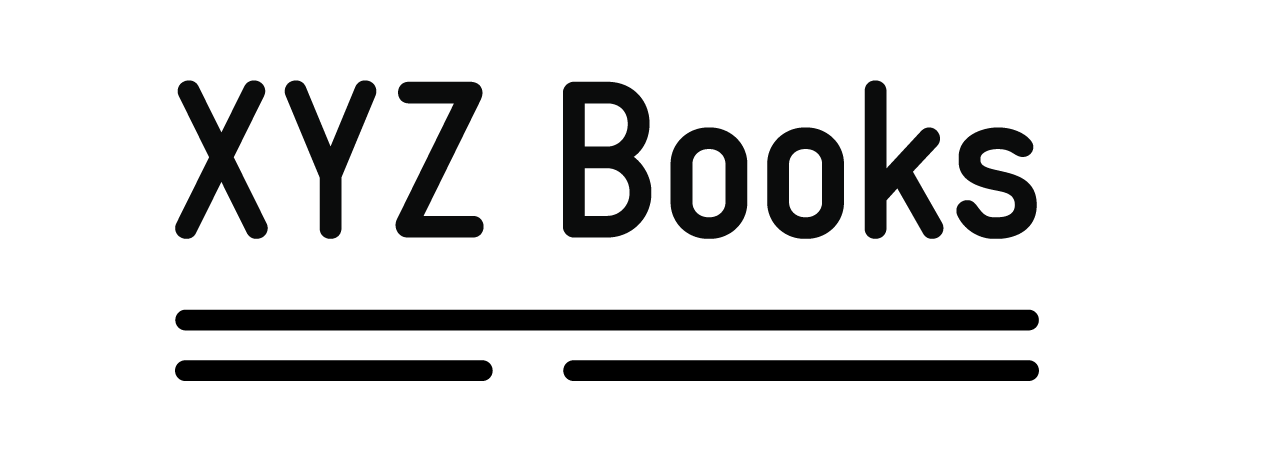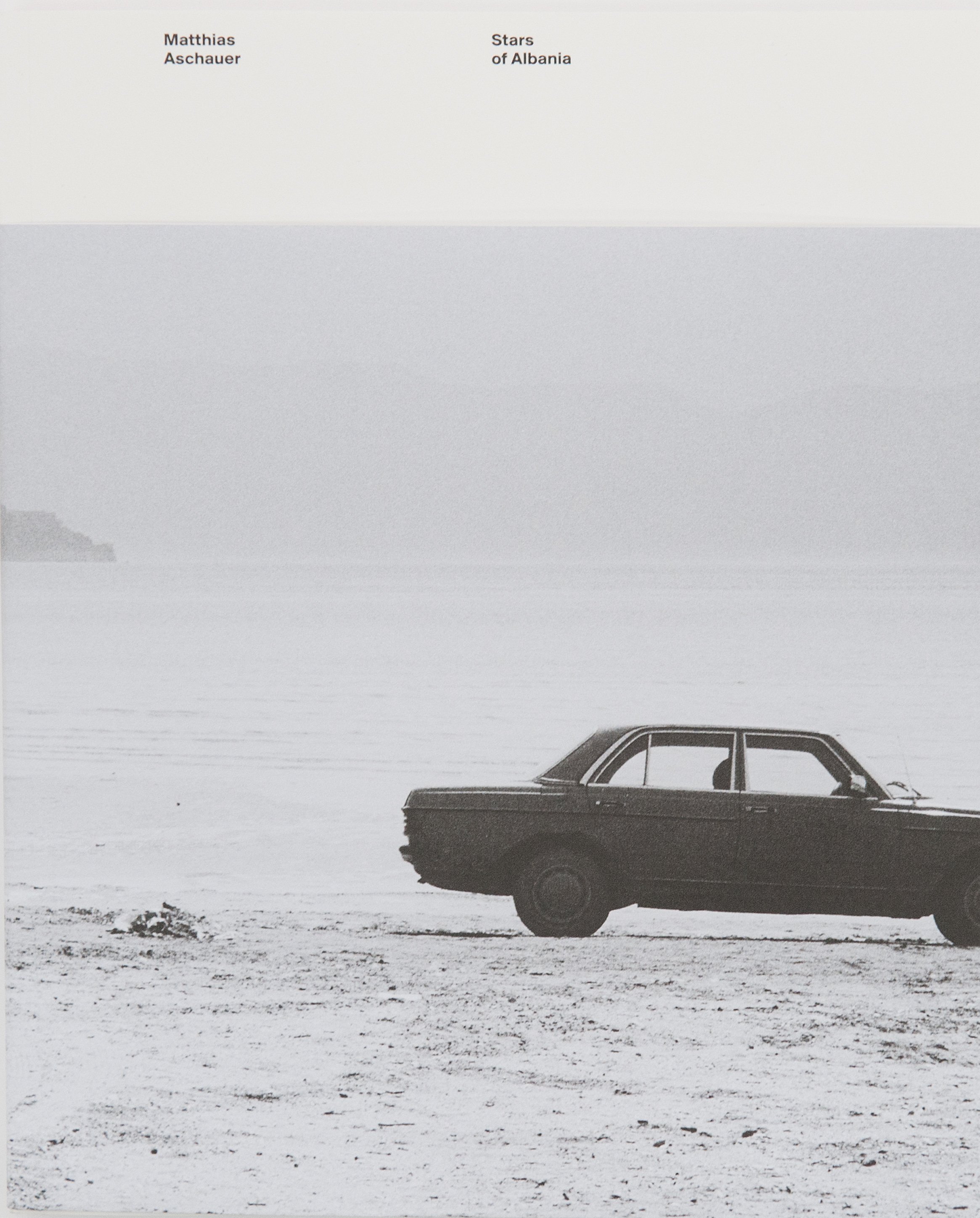 Image 1 of 5
Image 1 of 5

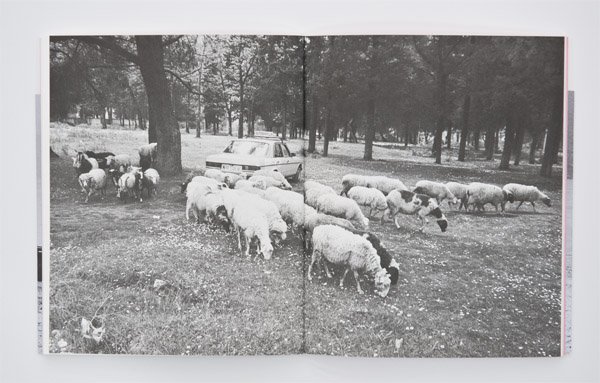 Image 2 of 5
Image 2 of 5

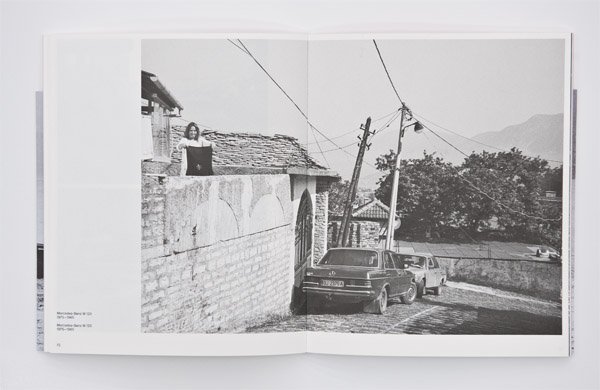 Image 3 of 5
Image 3 of 5

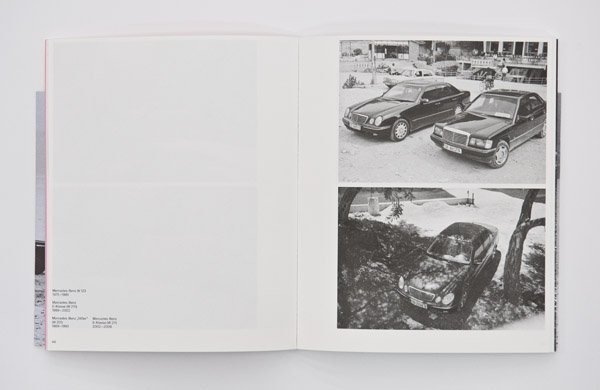 Image 4 of 5
Image 4 of 5

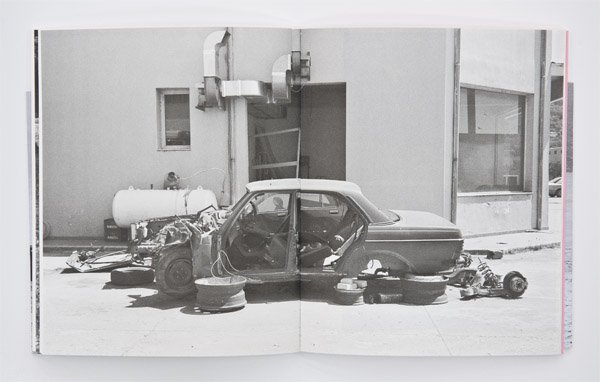 Image 5 of 5
Image 5 of 5






Stars of Albania
In 1944 Enver Hoxha established a communist dictatorship in Albania. Whereas in the beginning there were still alliances and cooperation with other communist states, the country became more and more isolated from the rest of the world. At the end of the 70ies the paranoid dictator had 600.000 bunkers built all over the country. He claimed that Albania was the richest country of the world and had to protect itself from its enemies, the population however ate hardly anything else than bread and beans. The population was not allowed to purchase cars. Therefore the only automobiles seen on the roads of Albania were the car fleet of the communist party, consisting exclusively from models of the German prestigious brand Mercedes Benz. So there was a period of time, when Albania was the only country in the world with a 100% quota of Mercedes cars on its streets. Since there are no reliable statistics, it is assumed that nowadays about every second car is a Mercedes Benz in Albania. However the connection to its own political history seems incontestable. The Mercedes star developed from the symbol for the unachievable and for the unscrupulously dominating, communist power elite, to the omnipresent symbol for the new, post communist Albania trying to archive Western standards. This relationship becomes visible in the pictures of the Austrian photographer Matthias Aschauer.
In 1944 Enver Hoxha established a communist dictatorship in Albania. Whereas in the beginning there were still alliances and cooperation with other communist states, the country became more and more isolated from the rest of the world. At the end of the 70ies the paranoid dictator had 600.000 bunkers built all over the country. He claimed that Albania was the richest country of the world and had to protect itself from its enemies, the population however ate hardly anything else than bread and beans. The population was not allowed to purchase cars. Therefore the only automobiles seen on the roads of Albania were the car fleet of the communist party, consisting exclusively from models of the German prestigious brand Mercedes Benz. So there was a period of time, when Albania was the only country in the world with a 100% quota of Mercedes cars on its streets. Since there are no reliable statistics, it is assumed that nowadays about every second car is a Mercedes Benz in Albania. However the connection to its own political history seems incontestable. The Mercedes star developed from the symbol for the unachievable and for the unscrupulously dominating, communist power elite, to the omnipresent symbol for the new, post communist Albania trying to archive Western standards. This relationship becomes visible in the pictures of the Austrian photographer Matthias Aschauer.
In 1944 Enver Hoxha established a communist dictatorship in Albania. Whereas in the beginning there were still alliances and cooperation with other communist states, the country became more and more isolated from the rest of the world. At the end of the 70ies the paranoid dictator had 600.000 bunkers built all over the country. He claimed that Albania was the richest country of the world and had to protect itself from its enemies, the population however ate hardly anything else than bread and beans. The population was not allowed to purchase cars. Therefore the only automobiles seen on the roads of Albania were the car fleet of the communist party, consisting exclusively from models of the German prestigious brand Mercedes Benz. So there was a period of time, when Albania was the only country in the world with a 100% quota of Mercedes cars on its streets. Since there are no reliable statistics, it is assumed that nowadays about every second car is a Mercedes Benz in Albania. However the connection to its own political history seems incontestable. The Mercedes star developed from the symbol for the unachievable and for the unscrupulously dominating, communist power elite, to the omnipresent symbol for the new, post communist Albania trying to archive Western standards. This relationship becomes visible in the pictures of the Austrian photographer Matthias Aschauer.
Photographs: Matthias Aschauer
Text: David Staretz
2012
Fotohof
128 pages
24 x 22 cm
Softcover
Offset Print
First Edition
ISBN 978-3-902675-66-8
